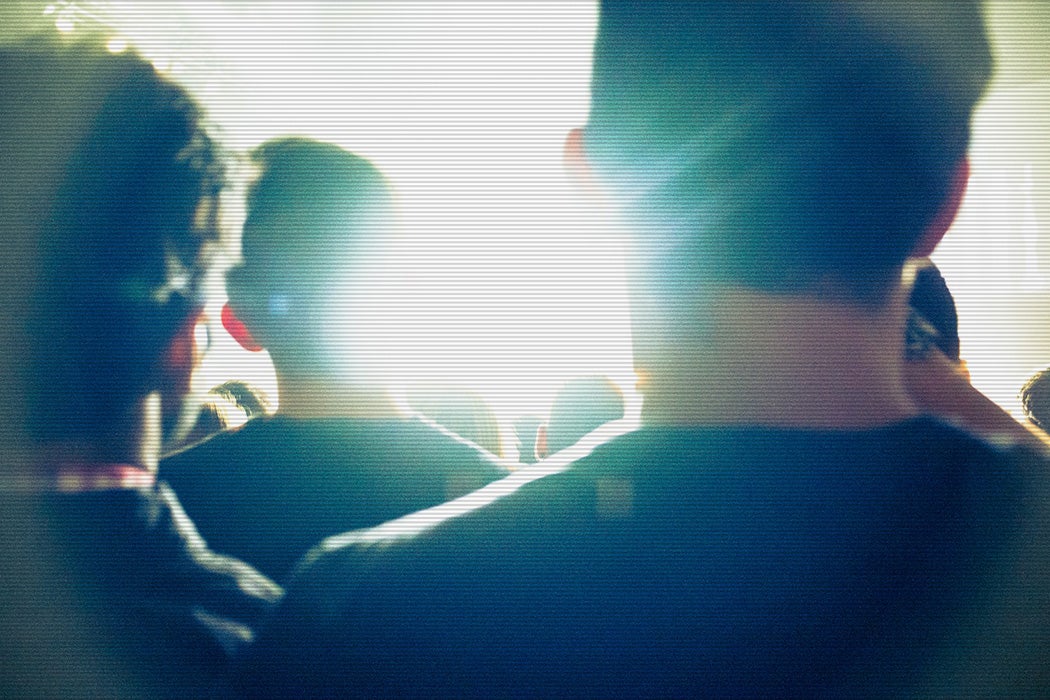Thinking of submitting to a leader, cutting off all your hair, and moving to a commune in the desert, or is that just the type of thing Netflix seems to be recommending? TV stereotypes of “cults,” or new religious movements (NRMs), may have primed that algorithm over the past fifty years. As religion scholar Lynn S. Neal argues, TV has influenced what generations of viewers expect cults to be. Which is to say, really, really bad.
Analyzing episodes of The Simpsons, Everybody Loves Raymond, Law and Order: SVU, and other shows, Neal finds that they all show people dressing unusually, living communally as a substitute for family life, having “delusional and infantile” beliefs, and being visibly abnormal. This can be humorous, as with the “Movementarians” on The Simpsons, or grimly dramatic, as with a girl driven to shoot her leader on SVU in order to break free of the cult once and for all.
These elements, Neal argues, add up to a negative stereotype that reinforces ideas about true and false religions. Neal points out that in these TV portrayals, there’s usually no discussion of any theology. “[B]y defining and showing what is strange or deviant, these programs help delineate what religious behaviors and norms are deemed acceptable and legitimate,” she writes. Those, naturally, are “vaguely Christian.” NRMs “often appear as a joke or as some type of threat—ideas that can wield tremendous power in American culture.”
The stereotype has roots that probably go deeper than TV itself, to portrayals of non-Western religions as exotic. Representation of “cults” on TV at first focused mainly on practices like these. But in the 1970s a “cult scare and intense media scrutiny of NRMs” launched the stereotype full blown on the small screen. In 1975 a show called S.W.A.T. featured an episode called “A Coven of Killers,” and dangerous NRMs appeared on teen-oriented sitcoms like What’s Happening and Welcome Back, Kotter. Even as news media coverage of NRMs went down in the ’80s—and gawking coverage of televangelism increased—the cult stereotype reliably plumped ratings on dramas and comedies.
Weekly Newsletter
That boom peaked around the year 2000, Neal posits, because the U.S. was grappling with fallout from a spate of violence surrounding real NRMs like the Branch Davidians and Heaven’s Gate. They made bankable nonfiction headlines for fictional TV to rip from. But as reality TV took over the industry, and as Y2K came and went, living communally and holding infantile beliefs didn’t come as often from fictional TV…but they were all over The Real World and its copious copycats.







